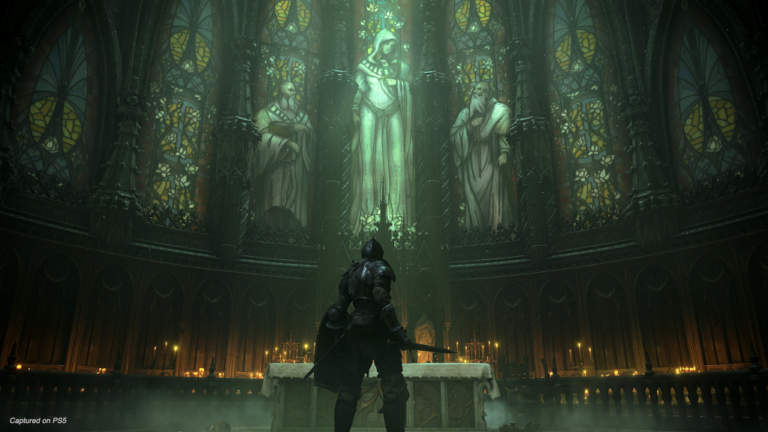A Brief History of Baldur’s Gate
The original Baldur’s Gate series made a significant impact on the role-playing game (RPG) genre following its debut in the late 1990s. Launched in 1998 by BioWare, the game was set in the renowned Dungeons & Dragons universe, capturing the imaginations of gamers with lively storytelling and immersive gameplay. Baldur’s Gate was pioneering in its use of a real-time with pause combat system, allowing players to experience intense strategic battles while maintaining a strong narrative flow. This innovative approach distinguished it from other titles of its era, which often relied on turn-based mechanics.
At the core of Baldur’s Gate was its compelling storytelling and rich character development. Players took on the role of a customizable protagonist, making decisions that not only affected the game’s outcome but also shaped the relationships with various companions throughout the adventure. The intricate choices and consequences were hallmarks of the game, ushering in a new standard for RPGs and influencing future titles in the genre. Moreover, the philosophical underpinnings rooted in Dungeons & Dragons added layers of depth, as players navigated themes of morality, destiny, and choice.
The original Baldur’s Gate and its subsequent expansions and sequels solidified the franchise’s status in gaming history, establishing a legacy that continues to resonate with both developers and fans. Its influence can be seen in many contemporary RPGs that follow its approach to storytelling and character dynamics. The excitement surrounding the release of Baldur’s Gate 3 can be traced directly to the foundational elements and bold innovations that the original series introduced. As a result, the franchise’s enduring charm remains a cornerstone of its storied past and a beacon of anticipation for the future of gaming.
Innovative Gameplay Mechanics in Baldur’s Gate 3
Baldur’s Gate 3 introduces a range of innovative gameplay mechanics that not only enhance player experience but also stay true to the rich heritage of the original series. The most prominent feature is the implementation of a turn-based combat system, a departure from the real-time strategy of its predecessors. This new system offers players the opportunity to think strategically, ensuring that every move is calculated. The turn-based format allows for in-depth tactical decisions that take terrain, character abilities, and action points into account, ultimately leading to more dynamic and engaging encounters.
Character customization has also received a substantial upgrade, allowing players to create unique avatars with intricate detail. Besides choosing between various races and classes, players now have the ability to tailor their characters’ backgrounds and proficiencies, enriching their journey through the game. Each decision influences not only gameplay mechanics but also narrative elements, as characters interact with the world around them, leading to diverse experiences based on personal choices.
Environmental interactions are another key aspect of Baldur’s Gate 3 that significantly elevate the gameplay experience. The game encourages players to leverage the environment during combat, such as using fire or water to manipulate enemies, offering countless possibilities to approach challenges. This level of interactivity is a step forward compared to earlier iterations and conforms to modern gaming standards while still honoring the strategic depth fans appreciate.
Moreover, rich narrative choices play a crucial role in enhancing player agency. The vast array of dialogue options not only allows players to shape their story but also creates emotional stakes based on their choices. Such a structure enhances immersion, inviting players to invest themselves in the unfolding narrative while striking a delicate balance between catering to new gamers and long-time fans.
Visual and Technical Advancements
Baldur’s Gate 3 represents a significant evolution from its predecessors in terms of visual and technical capabilities, showcasing a remarkable leap in graphics that vividly bring the Forgotten Realms to life. Utilizing modern graphics engines, the game presents intricate landscapes, diverse environments, and richly detailed character models that enhance immersion. Each area is meticulously crafted, allowing players to experience the sprawling world of Faerûn in unprecedented clarity, with vibrant colors and realistic lighting effects that elevate the overall aesthetic.
One of the standout features of Baldur’s Gate 3 is the attention to detail in animations and character design. Every movement, from combat actions to idle stances, is fluid and meticulously animated, which not only enhances gameplay but also makes characters feel more lifelike. The diverse roster of companions is uniquely depicted, bringing variety and depth to interactions. The animations are seamless, integrating well with the game’s narrative and emotional moments, allowing players to connect with their characters on a deeper level.
In addition to graphics, the user interface has seen significant refinements. The UI is designed for intuitive navigation, ensuring players can engage with complex systems while minimizing distractions. These improvements cater to the specifications of both current-generation consoles and PC platforms, making the game accessible to a wide audience. Furthermore, the sound design complements the visual elements; ambient sounds, voice acting, and musical scores work harmoniously to immerse players fully into the game world. The orchestration of these elements creates a cohesive experience that captures the essence of Baldur’s Gate while presenting it in a contemporary format, appealing to long-time fans and newcomers alike.
Community and Multiplayer Features
Baldur’s Gate 3 has redefined the multiplayer experience within role-playing games by emphasizing cooperative gameplay and fostering a vibrant community. One of the game’s standout elements is its seamless integration of multi-player mechanics, allowing friends to join together in their quest through the rich universe of Faerûn. Players can collaborate, strategize, and forge alliances as they navigate the challenges posed by the game’s intricate storyline and enemies. This cooperative focus not only enhances the gameplay but also promotes camaraderie among players, creating shared memories that resonate far beyond the screen.
During its early access phase, community feedback proved crucial in shaping the final product. Developers actively encouraged players to share their experiences and suggestions, which significantly impacted various aspects of the game—from character balance to quest optimization. This open dialogue between the developers and the player base fostered a sense of ownership among participants, who felt their input directly influenced the development process. Such engagement highlights the importance of community involvement in modern gaming, ensuring that the end product aligns with players’ desires and expectations.
The game also presents opportunities for player-generated content, increasing the ways the community can interact and express creativity. This feature empowers users to create custom adventures, quests, or even character skins, significantly enriching the overall experience and contributing to a diverse ecosystem of content. A strong online community is essential in keeping a game alive, and Baldur’s Gate 3’s design promotes such social interactivity. As players come together to share tips, strategies, and user-generated content, the potential for a thriving online community becomes apparent, showcasing the significance of social elements in contemporary gaming experiences.


